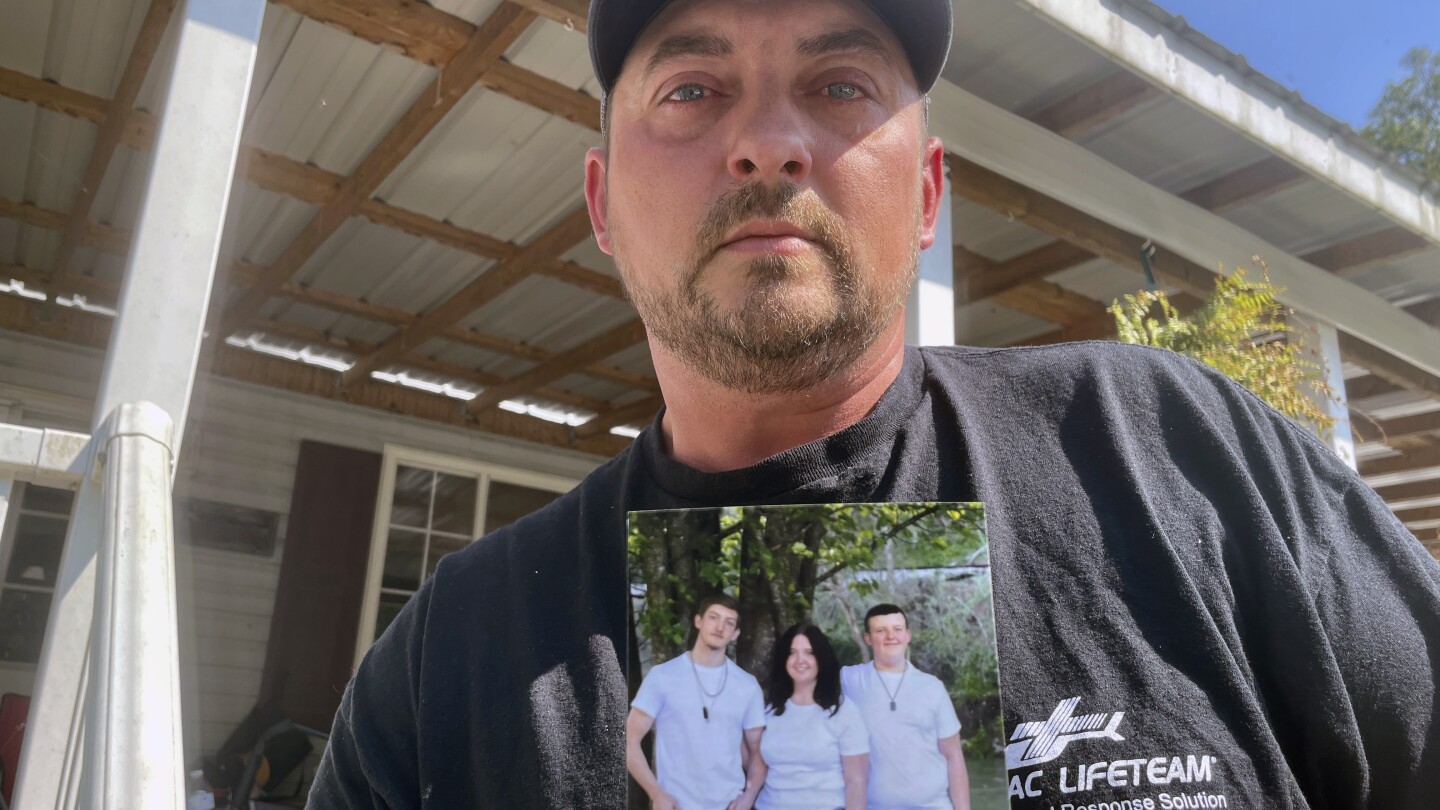Ryan Craddock had seen his share of tragedy during two decades as a coal miner and firefighter.
Then came the toughest heartbreak of all: his own.
Craddock and his family are mourning the loss of his 13-year-old son, Cohen, who died from brain trauma last month after making a tackle during football practice at his middle school.
Cohen’s death, and the death of a 16-year-old Alabama high school player from a brain injury on the same day, have sparked renewed debate about whether the safety risks of youths playing football outweigh the benefits that the sport brings to a community.



deleted by creator
Here’s my proof that does exist. Please provide yours that shows it doesn’t.
Hockey helmets, face masks, and injurious behavior
Gladiator Gear: The unintended consequences of protective equipment in gridiron football compared to rugby union
What is the role of protective equipment in sport-related concussion prevention?: A review and synthesis of the literature